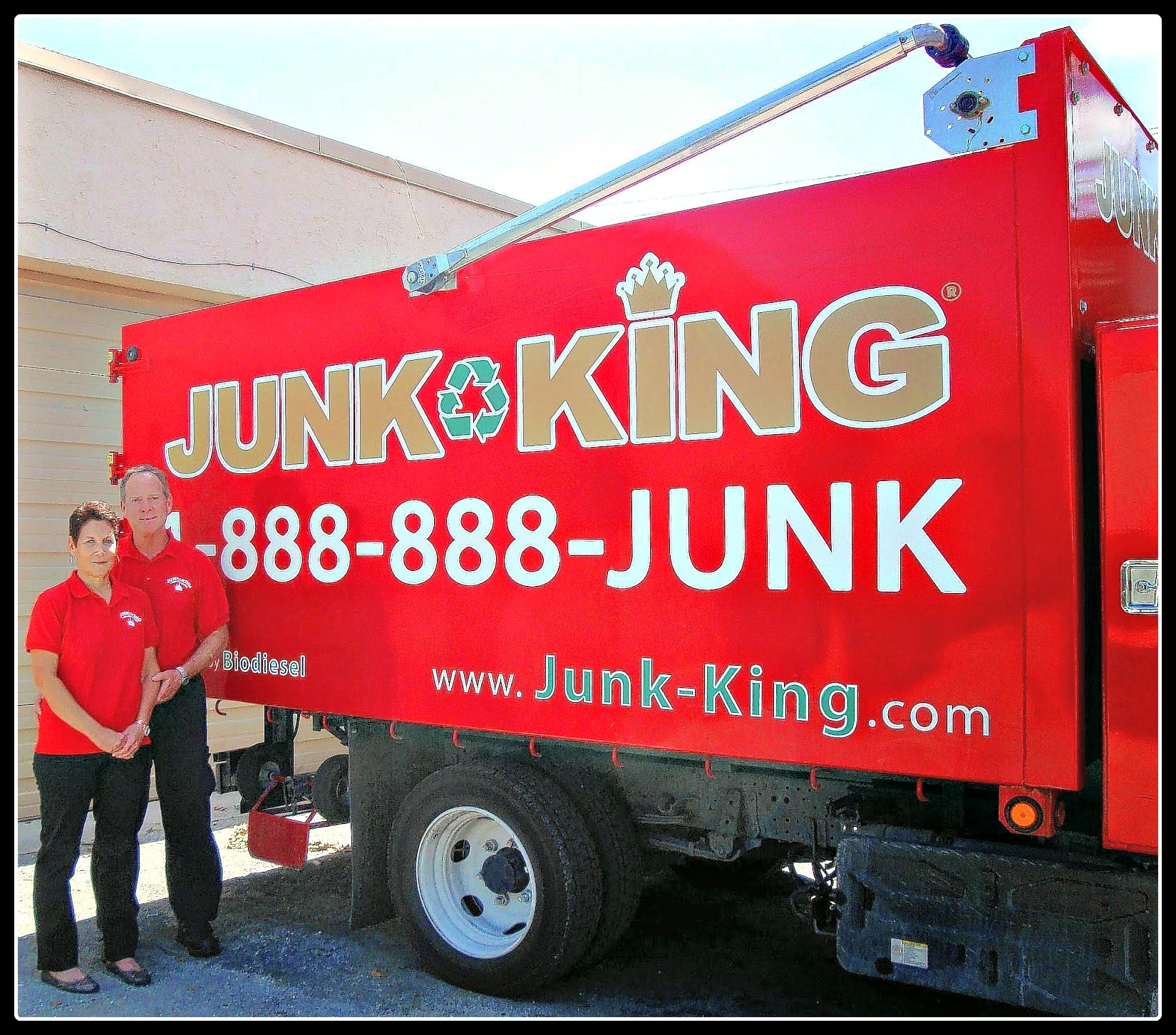Your Comprehensive Guide To Choosing The Correct Dumpster Dimension For Any Job
Your Comprehensive Guide To Choosing The Correct Dumpster Dimension For Any Job
Blog Article
Post By-Finnegan Berger
When starting a task that requires a dumpster, the size you select can considerably affect its efficiency and cost-effectiveness. Visualize having the ideal container that accommodates all your waste without being excessively huge or too small. All of it begins with understanding the subtleties of your project and selecting a dumpster dimension that lines up with your particular needs. So, before you make a decision, consider the factors at play to ensure a smooth waste management process from beginning to end.
Aspects to Consider
When deciding on the appropriate dumpster size, there are several crucial elements to think about.
First, consider the sort of waste you'll be dealing with. Different products may call for varying amounts of room, so comprehending what you'll be putting in the dumpster is critical.
Next, assess the amount of waste you expect to produce. If you take too lightly the volume, you may need to make numerous journeys to throw away whatever, which can be bothersome and pricey. On the other hand, leasing a dumpster that's also large can result in unneeded expenses.
Additionally, take into consideration the area where the dumpster will certainly be put. Ensure there suffices area for the dumpster to be supplied and gotten with no blockages.
Lastly, think of any weight limitations that may use. Going beyond renting dumpster can result in added costs or perhaps the rejection of service.
Dumpster Dimension Choices
For picking the appropriate dumpster dimension, it's important to have a good understanding of the readily available choices. Dumpster sizes normally vary from 10 to 40 cubic yards, with variants in between.
A 10-yard dumpster is suitable for little projects like a garage cleanout or a small renovation. If you're tackling a medium-sized job such as a kitchen remodel or a basement cleanout, a 20-yard dumpster may be the ideal option.
For larger projects like a whole-house remodelling or industrial construction, a 30 or 40-yard dumpster could be better to accommodate the quantity of waste generated.
When deciding on a dumpster dimension, take into consideration the amount and sort of particles you anticipate to dispose of. It's far better to choose a somewhat larger dimension if you're unsure to avoid overfilling. Keep in mind, it's even more cost-efficient to rent a dumpster that fits your requirements rather than needing to order an extra one.
Matching Size to Job
Optimally matching the dumpster size to your project is vital for effective waste administration. To figure out the best dimension, think about the scope and nature of your job.
For little family cleanouts or improvements, a 10-yard dumpster might be enough. cost of renting a dumpster are usually 12 feet long and can hold about 4 pickup truck loads of waste.
For bigger projects like renovating several rooms or clearing out a big estate, a 20-yard dumpster may be better. These are around 22 feet long and can hold about 8 pickup truck loads.
If you're taking on a significant building and construction project or industrial renovation, a 30-yard dumpster could be the very best fit. These dumpsters have to do with 22 feet long and can fit regarding 12 pickup truck loads of particles.
Matching the dumpster size to your project guarantees you have adequate room for all waste products without overpaying for unused capacity.
Final thought
In conclusion, selecting the appropriate dumpster dimension for your project is crucial for effective garbage disposal. By thinking about elements like the type and quantity of waste, space availability, weight limitations, and budget constraints, you can guarantee you have the appropriate size dumpster for your requirements. Ensure to match the size of the dumpster to the range and nature of your job to prevent overspending on unnecessary expenditures.
